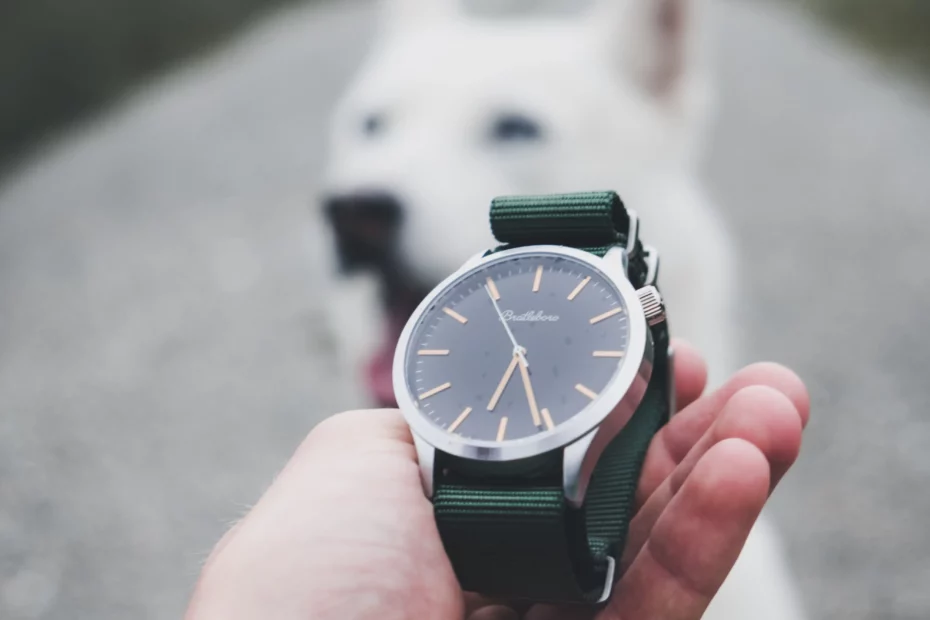It is important to train your dog and know how long does it take to train dogs
Dogs provide companionship, protection, and hunting skills to humans. They have been a part of human families for centuries. Their training is an important part of their relationship with their owners and we should know how long does it take to train dogs. Dog training can help dogs stay safe and behave properly around people and other animals.
There is no one answer to this question as the time it takes to train a dog will vary depending on the individual dog and the specific training method being used. Some dogs may take a few short sessions to learn basic obedience commands, while others may require a longer period of time and a more thorough training approach. Generally, though, it is advisable to begin training a new dog from the earliest stages of its life, so that the process can be as smooth and enjoyable as possible for both the dog and its trainer.
The different types of methods to train dogs
There are many different types of dog training methods, and each has its own benefits and drawbacks.
One of the most common types of dog training is classical conditioning. This method involves pairing a desired behavior with a positive reinforcement, such as a treat or pet. This can be effective if the dog is already inclined to obey commands. But can be less effective if the dog is unruly or disobedient.
Operant conditioning is another common dog training method. This involves teaching a dog to associate a desired behavior with a positive consequence, such as a meal or toy. This can be more effective if the dog is unruly or disobedient. As the dog will be more likely to comply if it knows that behaving in a desired way will result in a positive consequence.
Positive reinforcement training uses rewards to encourage a desired behavior through rewards. This could include treats, praise, or even petting. The goal is to make the behavior more likely to happen again in the future by reinforcing it with something the dog enjoys.
The time required to train dogs using different methods
Different methods of training dogs require different amounts of time.
Positive reinforcement training, which relies on providing a positive response to a dog’s good behavior, takes the most time to teach. This method requires a lot of patience and consistency on the part of the trainer, as well as a strong commitment to rewarding good behavior.
Other methods, such as classical conditioning, are more rapid to learn but may not be as effective over the long term. In classical conditioning, a dog learns to associate a particular stimulus, such as a sound, with a desired outcome, such as being fed. This method takes less time to learn but may not be as effective in terms of obedience.
Ultimately, the amount of time required to train a dog will vary depending on the method used and the individual dog’s personality and behavior.
How long does it take to train a puppy?
It generally takes about eight weeks to train a puppy. There are a few things you can do to speed up the process. But the most important thing is to have patience. Start by teaching your puppy simple commands such as sit, stay, come, and down. Once your puppy is following these commands reliably, begin teaching him more complicated commands, such as “sit, stay, down,” “come,” and “shake.”.
Once your puppy is proficient in these commands, you can begin training him to do new things, such as fetching a toy, sitting at your feet, and laying down. Be consistent with your training, and he will learn it.
Real Case study
“I have a 9 week old golden retriever puppy. I have been working with her on basic commands such as sit, down, stay, come, and shake. She is doing well with these commands, but I would like to start teaching her some new tricks. I am not sure how to go about teaching her to fetch a toy or sit at my feet. Can you give me some advice?”
One way to teach your puppy to fetch a toy is to first get her attention with a treat or toy. Once she is focused on you, throw the toy a short distance away from you. As she goes to fetch the toy, say the command “fetch” or “get it.” Once she brings the toy back to you, give her a treat and praise her. You can also try teaching her to sit at your feet by first getting her attention with a treat or toy. Once she is focused on you, take a step back and say the command “sit.” As she sits, give her a treat and praise her. With patience and consistency, your puppy will learn these new tricks in no time.

How to choose the best one to train dogs?
There are many different dog training methods available, and it can be hard to decide which one is right for your dog. Here are some tips on how to choose the best dog training method for your dog:
- Consider your dog’s personality. Some dogs are more sensitive and respond better to positive reinforcement, while other dogs are more stubborn and need a harsher method of training.
- Choose a training method that is appropriate for your dog’s age, size, and personality. For example, owner should teach puppies basic obedience commands, while owner should apply positive reinforcement to older dogs.
- Be consistent with your training methods. If you use positive reinforcement, be sure to offer your dog treats every time he completes a task. If you use a harsher method, you have to use physical discipline.
The different stages for dog training and how to prepare your dog for each one
There are a variety of different stages that a dog may go through during their training. Each stage has its own set of goals and methods that owner must follow in order for the dog to reach that goal.
Basic training
At the basic training stage, the dog is taught how to respond to specific commands. Commands may include sit, stay, come, and down. The goal of basic training is to teach what we expect of our dogs and to ensure that they are responding to commands correctly.
Leash training
Leash training is a critical part of any dog’s training. Without proper leash training, a dog could become uncontrollable. A leash should be long enough to allow the dog to move around but not so long that they can pull away from you. It is important to train the dog to walk on.
Preparation for the training stage can vary depending on which type of training you are using. For example, if you are using aversives, you may need to gradually introduce the stimuli until your dog is comfortable with them. If you are using positive reinforcement, you may only need to provide positive reinforcement until your dog is comfortable with the training.
Regardless of the training method, there are a few things you need to do before beginning:
- Make sure your dog is comfortable with you and the environment. This includes making sure they are comfortable with you being around other people and animals, as well as being in the same room as you.
- Prepare your dog for the training. This includes teaching them the commands you will be using, as well as some basic obedience commands.

Tips on how to keep your dog entertained and engaged while you train dogs
When it comes to keeping your dog entertained, there are a few things to keep in mind. First and foremost, make sure to provide plenty of toys and fresh, new things to keep your dog interested. Toys can be small, like a tennis ball, or large, like a Kong toy. Find from local pet store or from online for fresh, new things for your dog to play.
Another way to keep your dog entertained is to find activities that they are suited for. Some dogs love to play fetch, while others love to run around. Find out what activities your dog is interested in and get started. If your dog feels boring, they may start to show signs of anxiety or aggression. Keep your dog entertained and engaged by providing plenty of activities, and make sure to give them plenty of love and attention too.
How to deal with difficult temperament issues such as aggression and fear?
If your dog has a difficult temperament, there are a few things you can do to help manage the issue. First, make sure you understand why your dog is difficult. Some dogs have difficult temperaments because they were never properly received training or learnt how to socialize, or because they feel mistreated or bullied as a puppy. If you can identify the source of the dog’s difficulty, you can start to address it.
For your dog to receive proper training and the necessary socialize exposure, you will need to start from scratch. This means providing your dog with plenty of positive reinforcement and training, starting from when he is a young puppy.
Conclusion
it is important to remember that dogs learn best when they are rewarded for correct behavior. Praising your dog when he or she completes a task is one way to ensure that the behavior is repeated. You can also provide treats or toys after the dog completes a task.
The time it takes to train a dog is largely dependent upon the individual dog, their personality, and the specific training technique used. Generally, though, most basic obedience commands can be learned in as little as a few minutes, while more advanced training tasks may take up to an hour or more.
